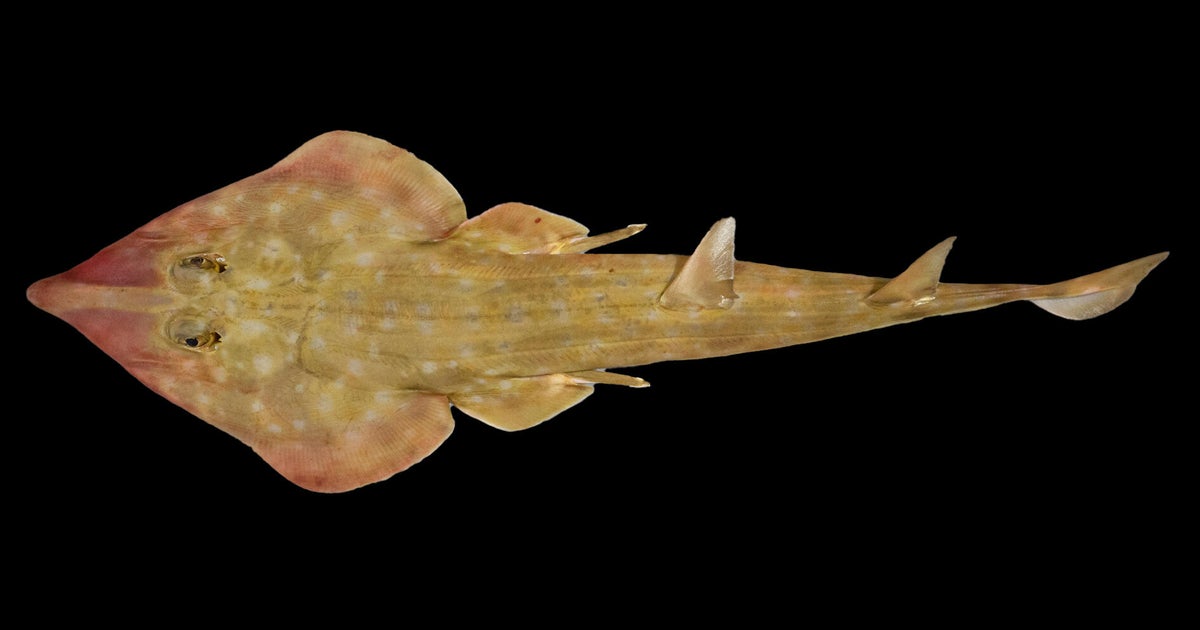Giant spider drags away, eats opossum in Amazon rainforest
Researchers studying interactions between predators and their prey in the Amazon rainforest spotted one encounter with a giant spider that'll leave arachnophobes trembling. Scientists stumbled upon a tarantula "the size of a dinner plate" dragging away an opossum for its own supper — and later discovered it was the first such documentation in recorded history, according to a press release.
A group of University of Michigan-led biologists were documenting Amazonian arthropod predators — mostly large spiders, centipedes and a giant water bug — preying on frogs, lizards and snakes near the Andes foothills in Peru when they "heard some scrabbling in the leaf litter" and came across the nightmarish eight-legged creature.
"We looked over and we saw a large tarantula on top of an opossum," researcher Michael Grundler said. "The opossum had already been grasped by the tarantula and was still struggling weakly at that point, but after about 30 seconds it stopped kicking."
The researchers described the spider as the size of a dinner plate and the mouse opossum as about the size of a softball. In video of the encounter, the tarantula is seen slowly dragging away its victim.
Researchers checked in with an opossum expert at American Museum of Natural History and confirmed they captured the first documentation of a large mygalomorph spider preying on an opossum. The infraorder Mygalomorphae is a group of mostly heavy-bodied, stout-legged spiders that includes tarantulas.
"We were pretty ecstatic and shocked, and we couldn't really believe what we were seeing," Grundler added.
The scientists later published their findings from observations in 2008, 2012, 2016 and 2017 in the Amphibian & Reptile Conservation journal on Feb. 28. In the article, they listed other extraordinary encounters, including a centipede eating a dead coral snake — one of the most dangerous reptiles on the planet.
"This is an underappreciated source of mortality among vertebrates," said University of Michigan evolutionary biologist Daniel Rabosky. "A surprising amount of death of small vertebrates in the Amazon is likely due to arthropods such as big spiders and centipedes."





